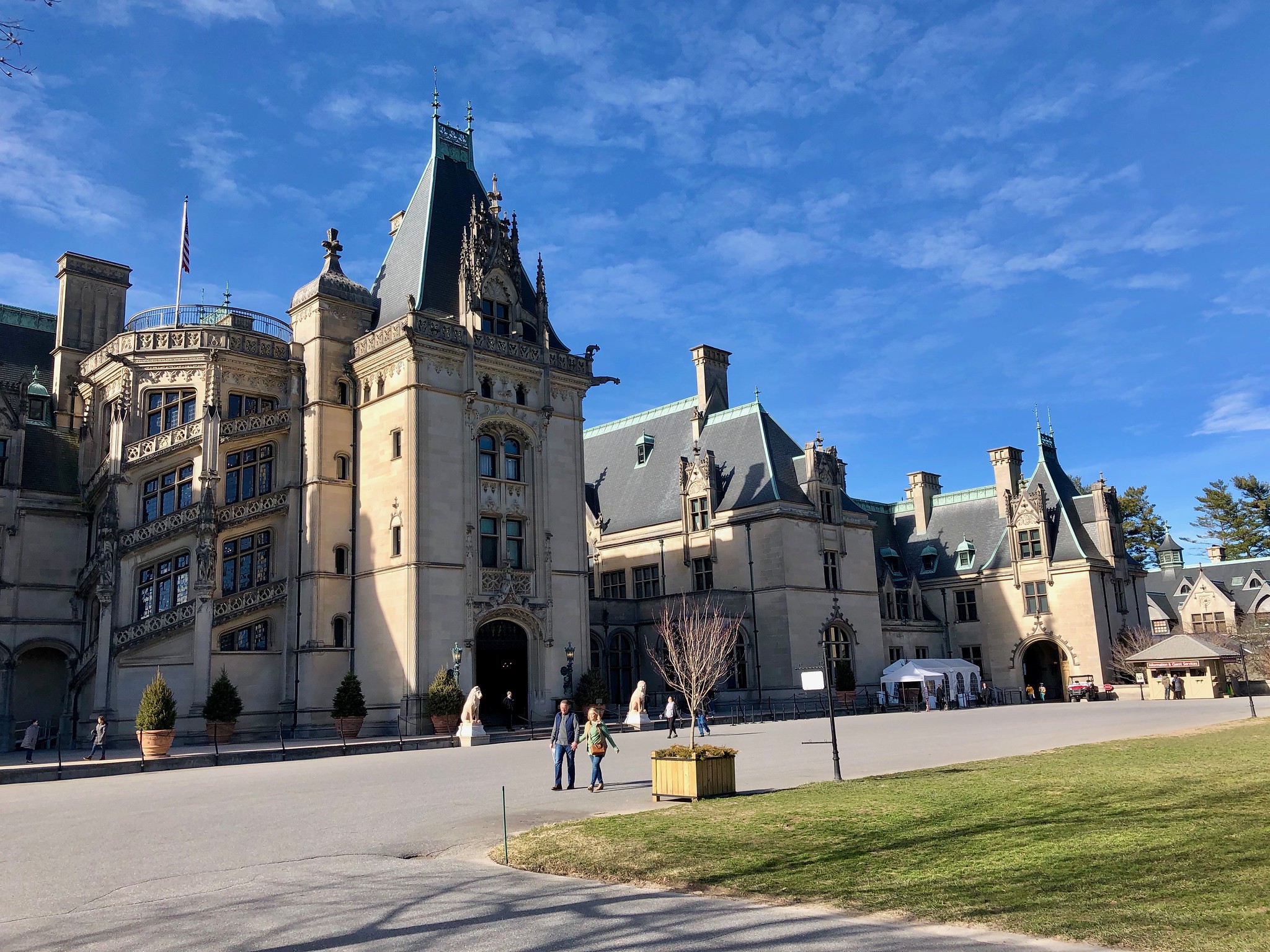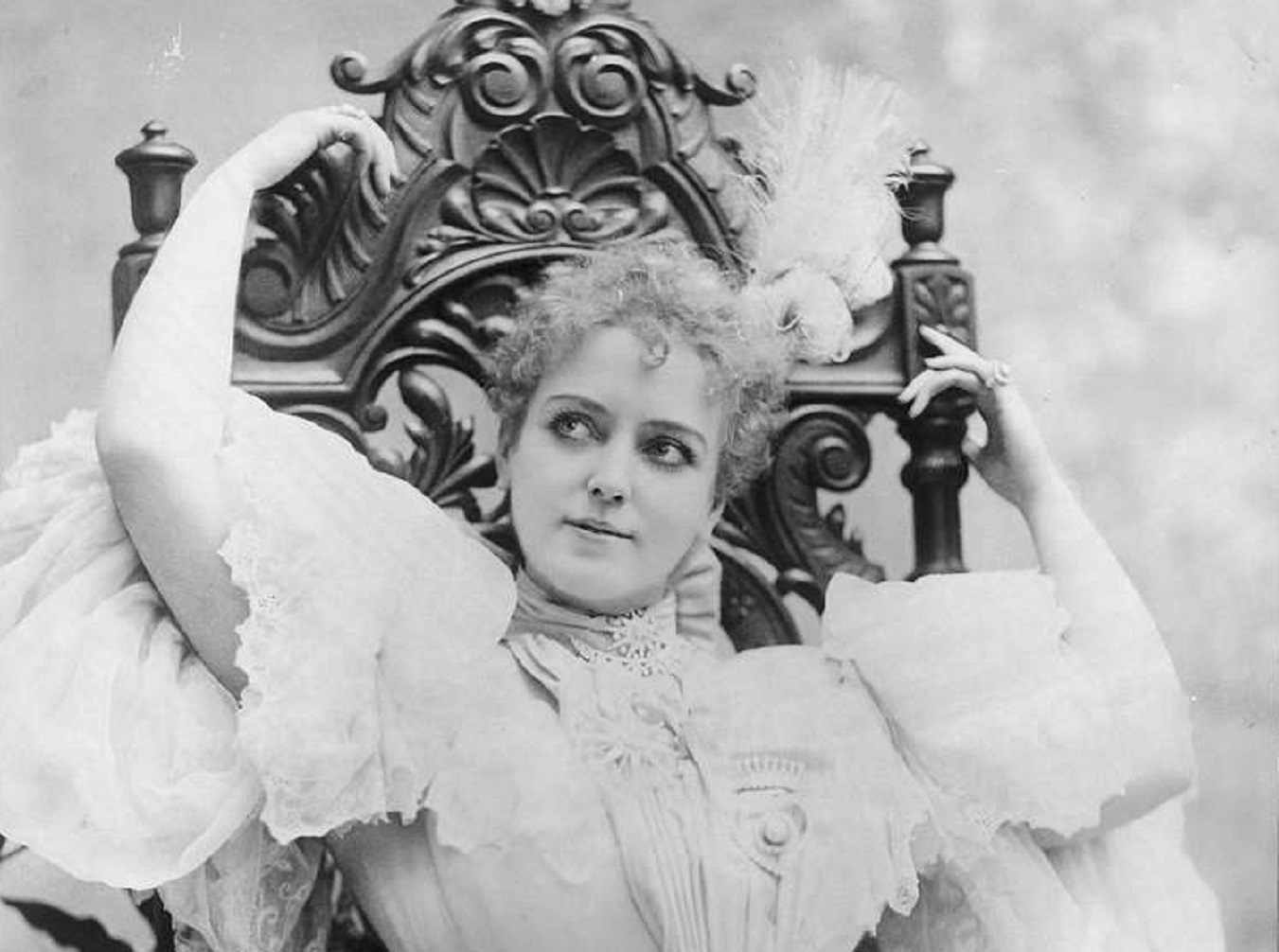Too Filthy Rich For Their Own Good
During the Gilded Age, the rich had so much money, they didn't know what to do with it... so they spent it on the craziest extravagances imaginable. From indoor lakes to horseback dinner parties, the elite lived in a world of their own.
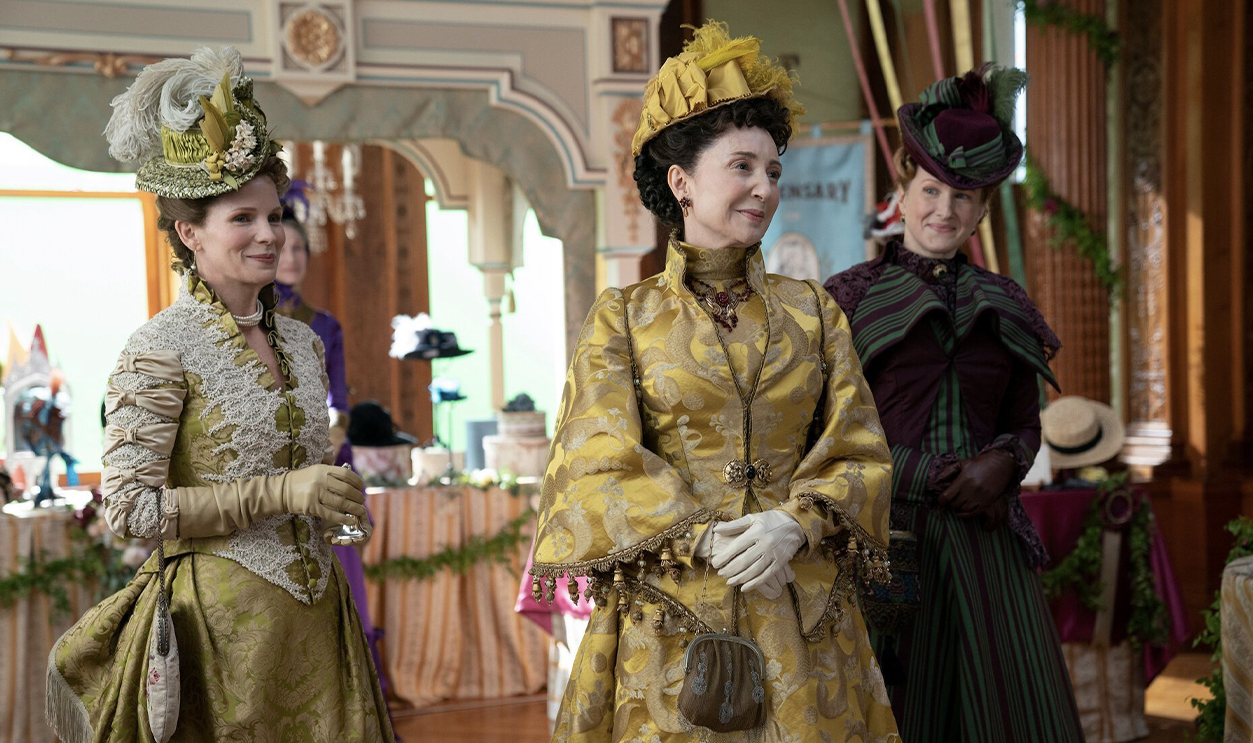
The Most Outrageous Dinners
In New York City, there was one restaurant where the rich dined to be seen—and that was Delmonico's. The dining experience was so extravagant and drawn out that the parties would often last late into the night, and even the next morning.
An Indoor Lake
One show at Delmonico's boasted a lake that cost $10,000 to build, as well as a fully landscaped garden—and all of this was indoors. The cherry on top was undoubtedly the swans that peacefully floated atop the lake while diners dug into their sumptuous dishes.
A Royal Pet
Mrs Stuyvesant Fish also threw an unforgettable dinner party in honor of her beloved dog. For the event, she blinged out her dog with a shocking $15,000 collar.
 Unknown Author, Wikimedia Commons
Unknown Author, Wikimedia Commons
They Drove A Species To The Brink Of Extinction
During the Gilded Aged, insanely wealthy people often only thought about themselves, especially when it came to fashion. In one case, this drove one beautiful species to the brink of extinction.
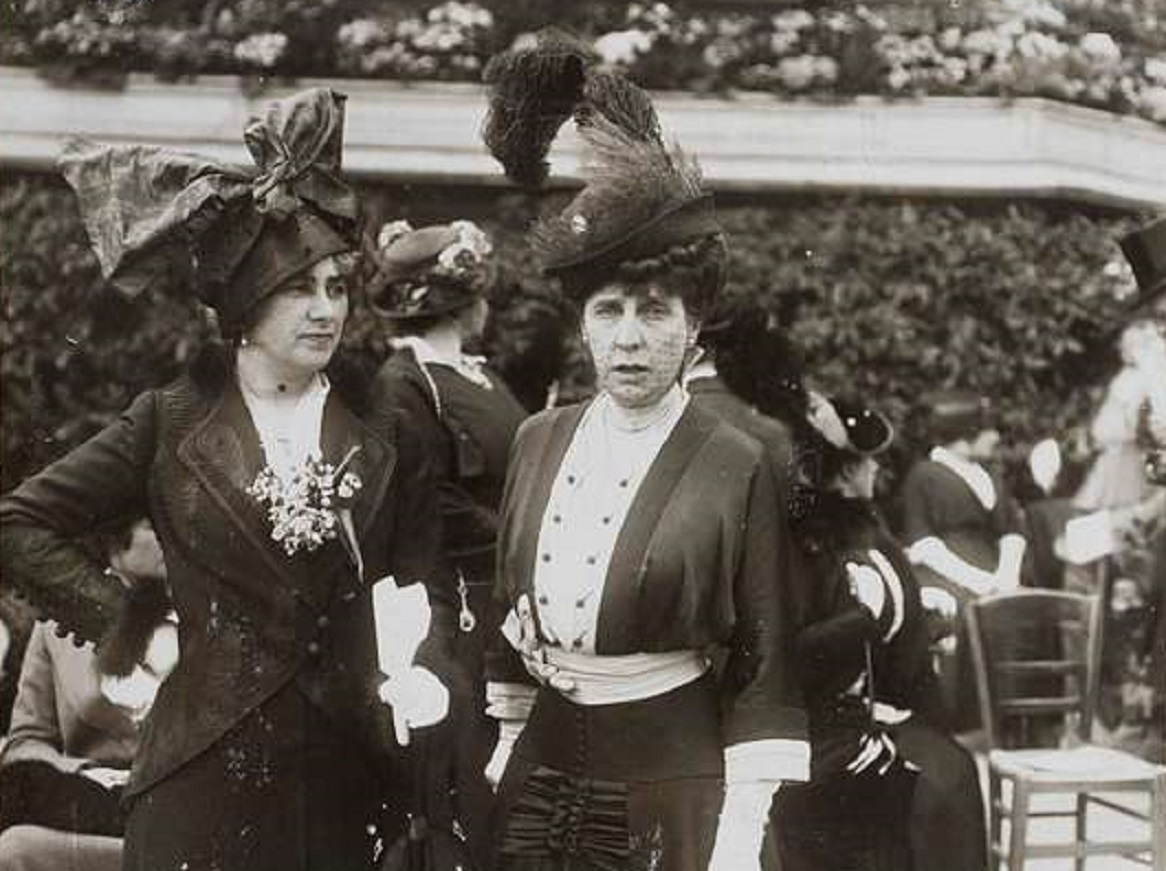 Université de Caen Basse-Normandie, Picryl
Université de Caen Basse-Normandie, Picryl
A Feather Obsession
Feathers were a big accessory for women during the late 19th century—and the snowy egret produced some of the most gorgeous feathers around. This was bad news for the snowy egret.
 Judy Gallagher, CC BY 2.0, Wikimedia Commons
Judy Gallagher, CC BY 2.0, Wikimedia Commons
A Selfish Pursuit
To get the best feathers, hunters had to get their hands on the snowy egrets during breeding season. Sadly, this often left the birds' young babies without anyone to protect them. But the rich didn't care.
 Judy Gallagher, CC BY 2.0, Wikimedia Commons
Judy Gallagher, CC BY 2.0, Wikimedia Commons
In The Name Of Fashion
These feathers were used in dresses, home decorations, hats, and fans. The demand for snowy egret feathers almost wiped out the animal entirely. Thankfully, they had one saving grace—the Migratory Bird Act of 1913.
10,000 Butterflies
In 1906, the socialite Mary Astor Paul threw a debutante ball that was unforgettable for all the wrong reasons. For a stunt meant to wow guests, netting trapped 10,000 Brazilian butterflies close to the ceiling. However, the grand reveal went terribly awry.
A Debutante Ball Gone Wrong
Unfortunately, the lamps were too hot for those poor butterflies and they didn't live long enough to see freedom. When they were finally released, their sad bodies simply dropped on top of all of the horrified guests.
The Biltmore Estate
One of the grandest estates in American history was built during the Gilded Age. Originally owned by George Washington Vanderbilt II, this was the Biltmore Estate, which can be found close to Asheville, North Carolina.
 Unknown Author, CC BY-SA 3.0, Wikimedia Commons
Unknown Author, CC BY-SA 3.0, Wikimedia Commons
An Unbelievable Amount Of Property
The Biltmore Estate is mind-bogglingly large, stretching almost 11 miles—and with a main building nearing 200,000 square feet, the construction process was unbelievable.
 John H. Tarbell, Wikimedia Commons
John H. Tarbell, Wikimedia Commons
They Needed A Village
To build the Biltmore Estate, a village was created just to shelter all the workers and supplies. As well, in order to transport all the necessary materials to the site, a railroad spur had to be constructed. Over 1,000 workers made this dream a reality.
It's Open To The Public
Today, the Vanderbilts still own the Biltmore, making it the biggest privately-owned residence in America. Because the cost of upkeep is so expensive, it's been opened to the public. Visitors can pay a ticket price to tour the estate.
The Evergreen Estate
The Garret family made their riches in the railroad industry—and in 1878, they purchased the unbelievable Evergreen Estate. However, the stunning home in Baltimore, Maryland wasn't quite extravagant enough for them.
 Frederic C. Chalfant, CC BY-SA 3.0, Wikimedia Commons
Frederic C. Chalfant, CC BY-SA 3.0, Wikimedia Commons
Unreal Renovations
The Garrets began renovating the Evergreen estate to make it even more luxurious than before. For instance, they built a functioning theater to put on shows. It even had a ticketing booth, full-blown seating, and a stage. But that wasn't the craziest addition.
 University of Illinois Urbana-Champaign, Picryl
University of Illinois Urbana-Champaign, Picryl
A Golden Bathroom
Most famously, they added a glittering, golden bathroom. Believe it or not, 23-carat gold leaf envelops the entire bathtub. Moreover, it reportedly boasts the only golden toilet seat in the US.
 Ɱ, CC BY-SA 4.0, Wikimedia Commons
Ɱ, CC BY-SA 4.0, Wikimedia Commons
They Had Different Beauty Standards
Beauty standards were a little different during the Gilded Age—and some of that can be attributed to the appetites of the filthy rich.
They Loved To Eat
You see, it was perfectly acceptable for wealthy men and women to have wider waistlines and robust figures. Two such notable elites were James Brady—or Diamond Jim—and the actress Lillian Russell. These two loved their food.
Their Diets Were Wild
Reportedly, restaurant owner George Rector claimed that James Brady was "the best 25 customers I ever had". The financier's exorbitant diet was enviable.
The Delicacies Were Unmatched
For lunch, Brady would indulge in such delicacies as lobster, beef, crabs, oysters, and clams. But dinner would even more of an occasion: multiple ducks and lobsters, vegetables, terrapin, and sirloin steak.
However, Brady wasn't a drinker, preferring to pair his meals with an unending supply of delicious orange juice.
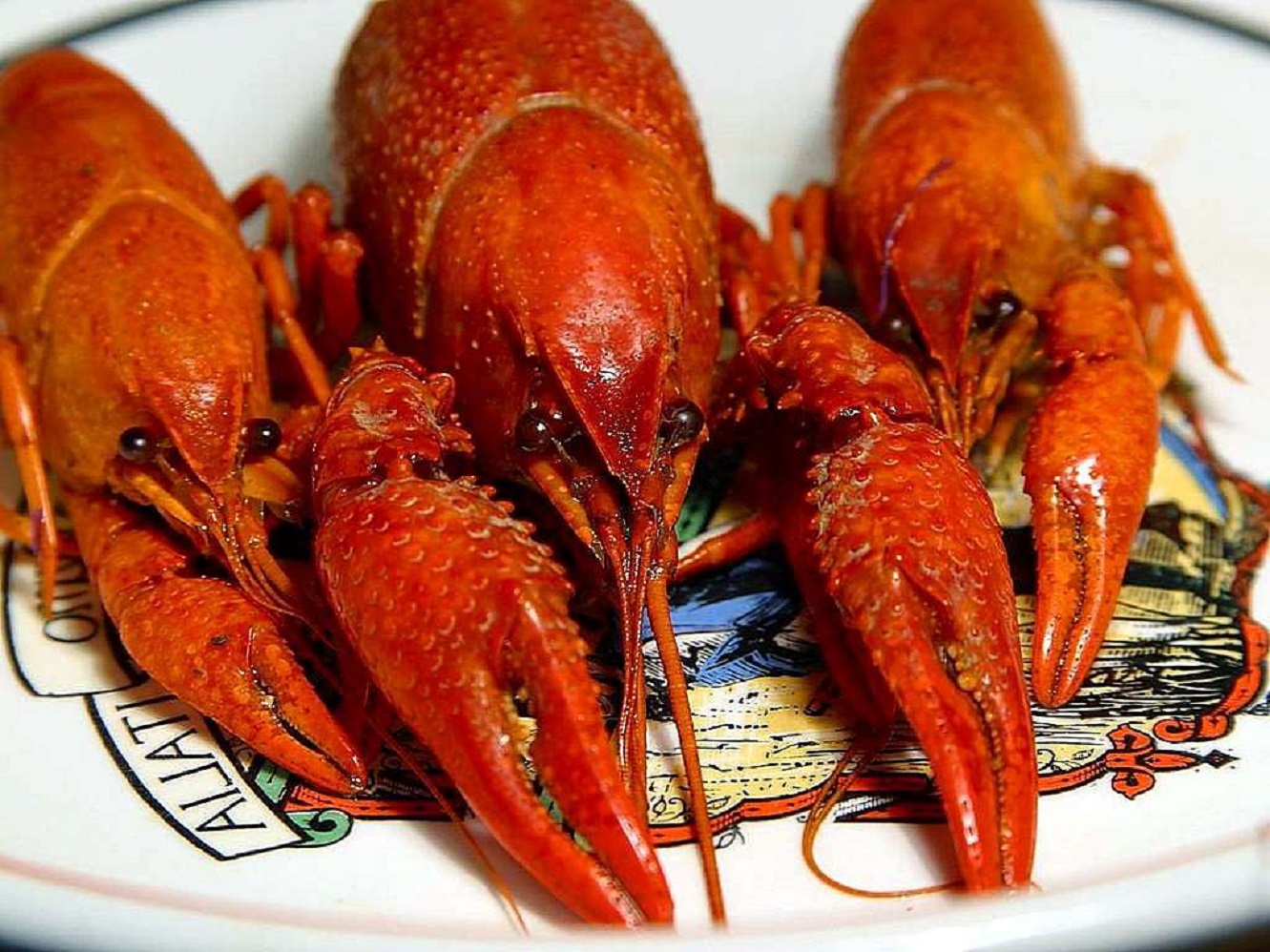 public-domain-image.com, Picryl
public-domain-image.com, Picryl
Wealth Was A Competition
Being a part of the elite during the Gilded Age was downright cutthroat. Even brothers were in competition with one another. For instance, Cornelius Vanderbilt tried to outdo his brother, William K Vanderbilt's stunning Marble House.
 Produced by Mathew Brady's studio, Wikimedia Commons
Produced by Mathew Brady's studio, Wikimedia Commons
The Marble House
William K Vanderbilt designed his Marble House for one express purpose: to "outstaff, outdress, and outparty" other wealthy businessmen, including his own brother.
 Child, Frank H., Hunt, Richard Morris, Wikimedia Commons
Child, Frank H., Hunt, Richard Morris, Wikimedia Commons
A Showhome Competition
The competition surrounding these showhomes became fierce. After all, they were often written about in the local papers. One paper divulged jaw-dropping details about Vanderbilt's Marble House.
 xiquinhosilva, CC BY 2.0, Wikimedia Commons
xiquinhosilva, CC BY 2.0, Wikimedia Commons
They Wanted To Make The Papers
According to the Newport Mercury, the construction of the Marble House had exquisite paneled walls, as well as some walls covered in 22-carat gold leaf. It's construction had also required 500,000 cubic feet of imported marble. Billy Wilson, Flickr
Billy Wilson, Flickr
Unforgettable Costumed Balls
The rich loved to throw their money at parties during the Gilded Age, especially themed and costumed events. However, there was one unforgettable ball that has gone down in history.
A Housewarming To Remember
In celebration of their new townhouse in New York, Cornelius and Alva Vanderbilt threw a costumed ball. At the time, the Vanderbilts were in a bit of a pickle.
 Howell & Meyer, Wikimedia Commons
Howell & Meyer, Wikimedia Commons
New Money Vs. Old Money
They were "new money" and had to make a proper splash in order to better ingratiate themselves into society. Alva Vanderbilt believed a party was the proper solution. She even cheekily refrained from delivering invitations certain families considered to be "old money".
 Bain News Service, publisher, Wikimedia Commons
Bain News Service, publisher, Wikimedia Commons
Custom-Made Costumes
The costume ball was a riotous success. The costumes were unbelievably detailed—custom-made by makers in Europe—and the theme allowed for a wide variety of looks from European history.
They Transformed A Floor Into A Real Garden
The house practically dripped with gold, silver, floral decorations, and Japanese lanterns. One floor was utterly magical—made into a real exotic garden. But the Vanderbilts weren't the only ones to throw unbelievable parties.
 xiquinhosilva, CC BY 2.0, Wikimedia Commons
xiquinhosilva, CC BY 2.0, Wikimedia Commons
He Looked To The French Royal Court
The billionaire James Hazen Hyde decided to honor is niece Annah Ripley in 1905 with a ball. He could do no wrong with his theme: Louis XIV's court.
 Library of Congress, Wikimedia Commons
Library of Congress, Wikimedia Commons
They Hired Professional Orchestras
Channelling the excesses of the French court, Hyde covered his ballroom in flowers and hired the Metropolitan Opera House's orchestra to provide the music.

A Fairytale Environment
Even the fare was up to scratch, with diners sipping imported French wine while enclosed in a room decorated with roses.
 Archiv Corps Suevia München, Picryl
Archiv Corps Suevia München, Picryl
The Railroad Industry Changed Everything
For the wealthy people of the Gilded age, the dawn of the railroad industry changed everything. Transportation became the perfect way to show off one's riches.
 Southern Methodist University's Central University Libraries, Picryl
Southern Methodist University's Central University Libraries, Picryl
Opulent Railroad Cars
The elite chose to travel in fashion. Once the 1870s hit, folks had begun decorating their private railroad cars with velvet upholstery. These cars were so ostentatious, they could have been rooms in their personal mansions.
Some even had running water and bedrooms.
An Anonymous Prince
In New York City and Rhode Island, Marion Graves Anthon Fish had multiple residences where she loved to throw wild parties. On one memorable occasion, she magnified the anticipation surrounding one of her parties by promising the attendance of a prince, whom she didn't name.
 Harper's Weekly. v.46 1902, Picryl
Harper's Weekly. v.46 1902, Picryl
A Monkey Wearing A Tuxedo
When the guests arrived at Fish's party, eager to meet this mysterious prince, they were shocked to discover the promised royal was actually a monkey dressed up in a tuxedo. But Fish didn't stop there.
Playing Pretend
At another event, Fish had her friend wear an elaborate costume. Henry Lehr wielded a scepter and wore a crown, pretending to be the Czar of Russia. And when it came to entertainment Fish pulled out all the stops.
She often had athletes and fighters perform for her guests.
 Bain News Service, Wikimedia Commons
Bain News Service, Wikimedia Commons
They Changed Their Clothes All The Time
Do you know what sounds exhausting? The way rich folks changed their clothing so often during the Gilded Age. By wearing multiple looks, they could flaunt many of their expensive garments throughout the day.
A Different Look For Every Meal
For instance, before lunch, they'd dress in their morning attire—suits or dresses. But in preparation for the afternoon, they'd change into something lighter.
An Outfit For Every Occasion
For dinner, they'd don their formal wear, only to change once more for any social engagements in the evening. Furthermore, if one happened to be participating in a special activity like riding or hunting, another outfit would be necessary.
Fresh Bedding Twice A Day
The servants also had to change the bedsheets an outlandish number of times. Depending on how often the family members napped, the bedding would be switched twice per day—at minimum. And, keep in mind, everything had to be washed by hand.
 Lancaster Historical Society, Picryl
Lancaster Historical Society, Picryl
Eating On Horseback
To the rich, it didn't matter if something was 100% ridiculous—if it was a lavish expense, it was worth doing. This was certainly the case with Cornelius KG Billing's horseback dinner. Yes. Eating a meal on horseback. Brilliant.
 Byron Company New York, Wikimedia Commons
Byron Company New York, Wikimedia Commons
A Horse Lover's Dream
The millionaire Cornelius KG Billings was a horse lover who'd built a $200,000 stable. It contained enough space for two families, 33 horses, 20 carriages, a trophy room, and a gymnasium.
He decided to commemorate its completion with—you guessed it—an unforgettable horseback dinner.
 Unknown Author, Wikimedia Commons
Unknown Author, Wikimedia Commons
The Ballroom Had Real Birds
Billings invited 36 lucky guests to a New York City restaurant called Louis Sherry's. This 12-story building was trussed up to the nines—horse-themed from top to bottom. The ballroom even boasted live birds and beautiful flora. But the dinner itself was wild.
 James R. Osgood and Company, Wikimedia Commons
James R. Osgood and Company, Wikimedia Commons
Champagne Saddlebags
There was no table in sight for Billings' horseback dinner. Nope. Guests ate their meals atop horses arranged in a circle. Dinner plates were mounted on the saddles while everyone used straws to suck up champagne from their saddlebags.
The bill came to a whopping $50,000.
 Alexander Pope, Wikimedia Commons
Alexander Pope, Wikimedia Commons








